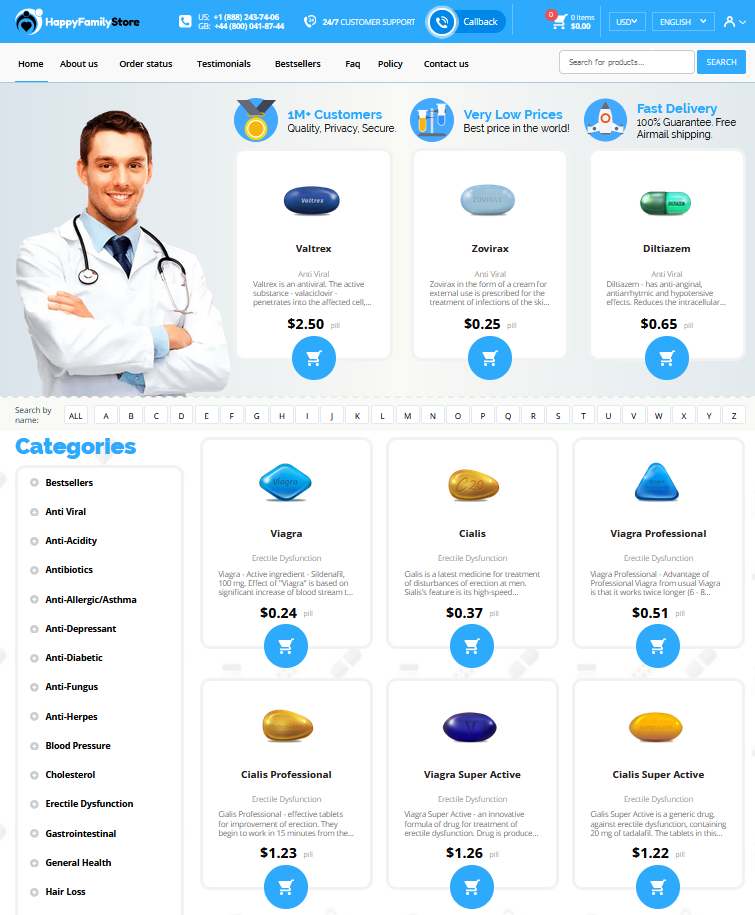 How Tizanidine Interacts with Other Medications
How Tizanidine Interacts with Other Medications
Understanding Tizanidine's Mechanism of Action
Tizanidine is known for its effect as a muscle relaxant, working primarily on the central nervous system to alleviate muscle spasticity. This medication acts as an agonist at alpha-2 adrenergic receptor sites. Essentially, it inhibits the release of excitatory neurotransmitters, which relaxes muscles. Unlike a typical cocktail of meds, Tizanidine works selectively, offering relief without widespread sedation. However, understanding its comp nature is vital for ensuring optimal use. As with any Rx, following the sig diligently ensures effectiveness while minimizing potential side effects. Engage with your healthcare provider for a thorough med rec before combining it with other treatments.
| Mechanism | Description |
|---|---|
| Receptor Target | Alpha-2 adrenergic agonist |
| Action | Inhibits excitatory neurotransmitter release |
| Effect | Muscle relaxation |
Common Medications That Increase Tizanidine's Effects

When tizanidine is taken, particular medications can elevate its sedative prowess, leaving users feeling as if they're in a slow-motion movie. A cocktail of certain drugs, especially those that hit the central nervous system hard, can heighten tizanidine's effects. For instance, Happy Pills like certain antidepressants and anxiety meds can amplify its drowsiness-inducing charm. Then there are those generics that have similar mechanisms or metabolisms, mixing in and enhancing the effects unexpectedly. Should you experience a hangover from this chain reaction, a Pharm Tech at the Drive-Thru might remind you to keep your Hard Copy prescriptions up to date. Keep a close watch, because these interactions demand an immediate grasp on understanding how strong such compound medications can truly be when mixed without caution.
Potential Risks of Combining Tizanidine and Antihypertensives
Tizanidine is a muscle relaxant that acts on the central nervous system. Its primary role is to alleviate muscle spasms by blocking nerve impulses. When tizanidine is combined with antihypertensives, there is a heightened risk of excessive blood pressure reduction. This unexpected cocktail effect can result in dizziness, fatigue, or other side effects reminiscent of a night at a Pharm Party gone wrong. Stat intervention may be required to stabilize the patient. Therefore, a careful Meds Check is essential prior to adjustment. Prescribers should engage in Quality Time with patients, ensuring they understand the potential risks and the sig provided on their script.
Grapefruit Juice: a Surprising Interaction with Tizanidine

Grapefruit juice is a well-known culprit in the world of elixirs and medications as it can turn a standard script into a pharmacist's puzzle. When mixed with tizanidine, this seemingly harmless juice can amplify effects, akin to a cocktail gone awry. This interaction mostly happens because grapefruit juice inhibits CYP1A2 enzymes responsible for metabolizing tizanidine, resulting in stronger, sometimes toxic effects. Mixing tizanidine with grapefruit juice is a classic case of how what’s on the counter can lead to unpredictable drug interactions. Always follow the sig provided, and consult a professional to steer clear of this surprising interaction.
How Nsaids Alter Tizanidine's Effectiveness
Tizanidine, a muscle relaxant often found in prescriptions, can have its efficiency significantly altered when combined with NSAIDs. While it might seem harmless to combine these meds, a closer look reveals complex dynamics at play. Think of it like a cocktail of pharmaceuticals, each component influencing the other in unexpected ways. The presence of NSAIDs amplifies the side effect profile of tizanidine, tinkering with the body's response.
This interaction demands careful attention from healthcare providers. It’s not just about the simple act of counting and pouring pills at the drive-thru pharmacy window but understanding how these compounds narrate a story of effects and counter-effects.
| Consideration | Outcome |
|---|---|
| Combining Tizanidine & NSAIDs | Increased side effects, reduced effectiveness |
Proper medication management is crucial, necessitating that patients follow their sig and consult their healthcare providers regularly. This ensures that personal scripts, whether involving generics or brand names, are appropriately tailored to their needs. As the complexities of pharmaceutical interactions unfold, it's crucial to prioritize informed decisions and mitigate any potential risks.
Safely Managing Tizanidine with Antidepressants and Anxiety Meds
When combining Tizanidine with antidepressants or anxiety medications, crafting a well-balanced medication plan is crucial. Imagine the scenario: a patient walking into Pharm Land needing a script for both muscle relaxation and mood elevation. Many antidepressants, commonly known as happy pills, can intensify the sedative effects of Tizanidine, necessitating careful dose management to avoid potential adverse reactions like extreme drowsiness or dizziness.
Stat adjustments are sometimes necessary, especially when introducing a new antidepressant into the mix. This cocktail approach requires understanding each drug’s interaction, ensuring that Tizanidine does not lay its upper hand too heavily onto mood medications. By engaging closely with healthcare professionals, patients can ensure their med journey is smooth and balanced, avoiding surprise side effects that could disrupt daily life. Tailoring treatment to individual needs is paramount, combining expert advice with a personalized approach for optimal results.

